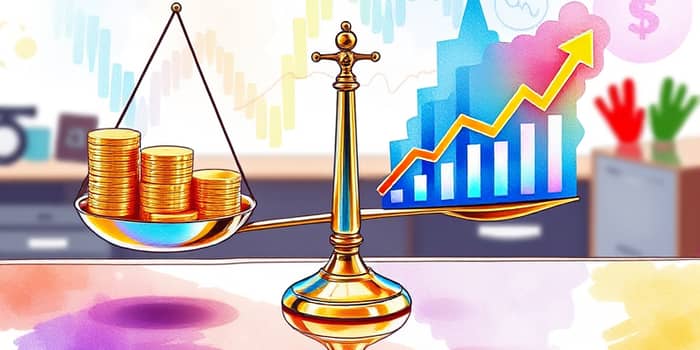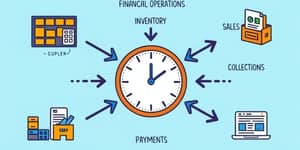
Understanding how much a company returns to shareholders versus what it retains for growth is essential for income investors and growth-seekers alike. In this comprehensive guide, we will dive into definitions, formulas, industry norms, data-backed insights, and practical frameworks to master the art of comparing dividend payout ratios against long-term earnings trends. By the end, you will be equipped to identify sustainable dividends and make informed investment decisions.
The dividend payout ratio (DPR) measures the proportion of net income distributed as dividends to shareholders during a specific period. It serves as a key indicator of a company’s dividend policy and its balance between rewarding investors and funding future growth. A stable DPR often signals a sustainable dividend policy backed by consistent profits.
The retention ratio—the proportion of earnings retained for reinvestment—complements the payout ratio, since DPR + retention ratio = 1. Tracking both metrics helps investors understand how much cash a company preserves for expansion versus distributes as income.
A high or fluctuating payout ratio can only be evaluated properly when viewed alongside a company’s earnings over many years. Earnings volatility, economic cycles, and one-time gains or losses can distort short-term ratios. Therefore, robust analysis relies on examining profit trends over at least five to ten years.
Maintaining dividends through downturns often requires strong cash flow and prudent financial management. Companies with long-term earnings trends that are stable or rising can afford to set predictable dividends, whereas those with erratic results face greater risk of cuts.
Sector characteristics heavily influence typical payout ratios. Capital-intensive industries with steady cash flows, like utilities and consumer staples, often distribute a larger share of profits. By contrast, growth-oriented sectors tend to reinvest earnings, resulting in lower payouts.
Investors should benchmark a company against its peers to avoid misinterpreting a high DPR in industries where reinvestment is prioritized.
While there is no one-size-fits-all answer, historical data suggests healthy ranges for most companies. The table below summarizes common thresholds and their typical interpretations.
Generally, a DPR between 30% and 50% is seen as moderate payout ratios that can be maintained over time without jeopardizing investment in future projects.
Several internal and external forces can drive changes in the dividend payout ratio over periods:
By monitoring these factors, investors can gauge whether a rising payout ratio is a sign of strength or a red flag for potential dividend cuts.
When comparing dividend payouts to historical earnings, focus on these key steps:
First, chart the ten-year trend of net income alongside dividend distributions. Identify periods when the DPR exceeded 100%, as this often precedes dividend reductions or reliance on debt.
Next, align the trend with industry norms to discern if high payouts are typical or unsustainable. Consider also the company’s stage of maturity: young firms usually prioritize growth over dividends.
Finally, calculate an augmented payout ratio that includes share buybacks to fully assess how much cash is returned to shareholders through dividends and repurchases.
Example calculations:
Company A: Net income = $20,000; Dividends = $5,000 → DPR = 25%
Company B: DPS = $1.00; EPS = $5.00 → DPR = 20%
Scenario 1: A firm with a 75% DPR for several years but declining earnings eventually cut its dividend, causing a stock price drop and investor concern. This illustrates the danger of maintaining high payouts without steady earnings growth.
Scenario 2: A mature company with earnings growing at 5% annually and a gradually rising DPR from 35% to 45% demonstrates value creation by balancing dividends with retained capital for reinvestment.
Investors must be wary of exceptionally high dividend yields or payout ratios above 100%, which often mask unsustainable policies or one-time special dividends. Additionally, the rise of share buybacks means dividends alone may understate total shareholder distributions.
Incorporating buybacks into an augmented payout ratio consideration provides a more complete picture of how companies reward investors.
Comparing the dividend payout ratio with long-term earnings history is a powerful way to assess dividend sustainability and corporate health. By following a robust analytical framework, benchmarking against industry standards, and watching for influential factors, you can identify high-quality income investments that align with your financial goals.
Remember, sustainable dividend strategies arise from a careful balance of rewarding shareholders today while supporting future growth opportunities. Investors who focus on moderate payout ratios backed by reliable profits often enjoy the dual benefits of steady income and capital appreciation over time.
References













